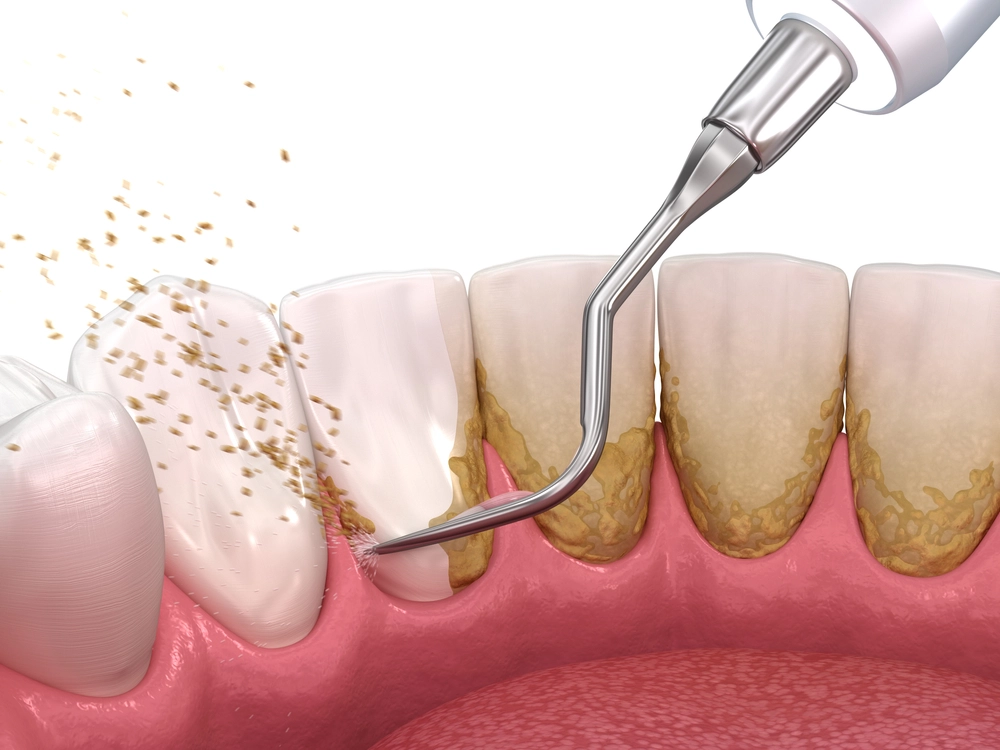
Anyone can get tooth decay, and almost everyone once in their life gets tooth decay. Tooth decay in the early stages does not show any signs, but as it develops, you may see signs of tooth decay. Advanced levels of tooth decay can result in symptoms like tooth pain, sensitivity in a tooth from hot or cold food, face swelling, pocket or pus in the tooth, or fever.
These are the tooth decay problems that may arise when you have tooth decay. The newnan dentist can determine whether it is tooth decay or other problem during a dental checkup. Visit your dentist for regular checkups.
Signs of tooth decay include white, brown, or black staining on the tooth surface. Decaying may form a hole or cavity if it becomes more advanced.
What are the treatment options?
If the tooth has a minor cavity or is in the first stage, peachtree dentistry can cure it with fluoride to reverse the tooth decay. The most common way to treat cavities is by filling them. The dentist removes the tooth decay tissue and then fills the tooth with a filling material. Therefore, it is necessary to treat the decay, or it may worsen with time, causing other dental problems.
Also, the sooner you treat decay, the less the risk of tooth decay advancing. Treating early can prevent its progression. If left untreated, you may need more extensive treatment to treat it, which will cost more and more pain. The treatment for tooth decay depends on how severe the decay is.
Treatment options include:
Fluoride treatments.
This is the first option that peachtree dental use to treat a cavity if it is in its early stages.
Fluoride treatment can help repair your tooth’s enamel and reverse a cavity in the early stages. The dentist uses fluoride to contain more than regular toothpaste or mouthwash.
The dentist can fix your decay with the help of gel or foam, brush your teeth with it or place a small tray into your teeth that fit over them.
Fillings.
Fillings, called restorations, are the primary treatment choice when decay has advanced beyond the earliest stage. Dental Fillings are created from different materials, such as tooth-coloured composite resins, porcelain or dental amalgam, that combine several materials.
Crowns.
You might require a crown, a specially fitted covering that swaps out the complete natural crown of your tooth if your teeth are severely decayed or weak. Your dentists in newnan ga, remove the decaying portions and enough healthy tooth tissue during drilling to guarantee a snug fit. Gold, high-strength porcelain, resin, porcelain linked to metal, or other materials can all be used to make crowns.
Root canal.
You might require a root canal if decay has spread to the tooth’s pulp. Instead of extracting a severely decayed or broken tooth, this procedure repairs and saves it. The dentist removes the infected pulp of the tooth. Medication may occasionally be injected into the root canal to eliminate any infection. The filler is then used to replace the pulp.
Tooth Removal.
If you have a severely decayed tooth that can’t be restored and removal is necessary, then your dentist will extract the tooth. Pulling a tooth can leave a gap that allows your other teeth to move in the space. So, the dentist may suggest you get a dental implant or dental bridge to fill the space and replace the missing tooth.
In Conclusion:
It is necessary to treat a decayed tooth, or it may become worse with time, and finally, your dentist may remove your tooth. Visit a dentist in peachtree city immediately if you notice any sign of decay. Book an appointment now!
0 Comments 842 Views
YOU MAY ALSO LIKE
share
About me

Health And Healthy Tips is Free health blog, If you wish to be part of this blog and want to conribute contents which are interesting for our readers, please contact us.
CATEGORY
- Beauty (19)
- BUSINESS (3)
- Dental Care (186)
- Eye Care (12)
- Fitness (23)
- Healthy Life (179)
- Men's (10)
- Women's (12)


























